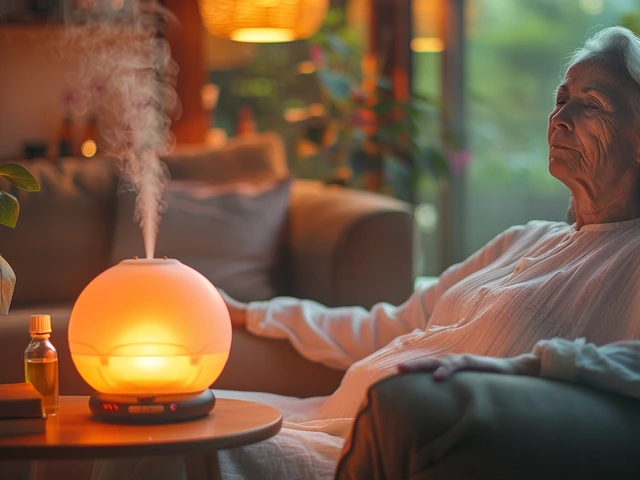Massage Therapy: Practical Tips for Recovery & Relaxation
Need fast relief or better recovery after a workout or a long day? Massage therapy works for both. Use these clear, hands-on tips to reduce soreness, loosen tight muscles, and feel calmer without a lot of fuss.
Start simple: five minutes of gentle kneading and long strokes over sore areas improves blood flow and eases stiffness. You don’t need fancy tools—use your thumbs, palms, or a tennis ball against a wall. Apply steady pressure, not pain. If a spot hurts in a sharp way, ease up.
Time it right. Right after low-intensity activity, a short massage reduces lingering tightness. After intense exercise, wait a few hours until your body cools a bit; a focused session on calves, quads, or shoulders helps clear metabolic waste and speeds recovery.
How massage helps
Massage does three useful things: it boosts circulation, relaxes tense muscles, and calms the nervous system. Better blood flow brings oxygen and nutrients that speed repair. Softening tight tissue improves range of motion, so you move easier and hurt less. And when your nervous system relaxes, pain signals quiet down and sleep improves.
Different styles do different jobs. Sports massage targets muscle tightness, preps you before events, and aids recovery after training. Myofascial release focuses on sticky fascia—those sheets around muscles—and can free up chronic tightness. Neuromuscular massage targets trigger points to reduce referred pain. Pick the type that matches your problem.
Easy techniques to try now
1) Self-kneading: Use your opposite hand to squeeze and roll soft tissue along a muscle—great for shoulders and forearms. Work 30–60 seconds per spot. 2) Foam rolling: Slowly roll the foam roller along tight muscles, pausing on tender spots for 20–30 seconds. Breathe through the discomfort. 3) Trigger-point hold: Press into a knot with steady thumb pressure until tension eases, usually 20–40 seconds. 4) Long strokes: Finish with light, long strokes toward the heart to help circulation and relax your nerves.
Keep it safe. Avoid massaging swollen, hot, or bruised areas. If you have a blood clot risk, recent surgery, uncontrolled bleeding issue, or severe osteoporosis, check with a clinician first. Mild soreness after self-massage can happen—if pain worsens or you see swelling, stop and seek advice.
Want more results? Combine massage with hydration, sleep, and gentle stretching. A short massage before bed can help you fall asleep faster. Regular sessions—whether self-care or with a therapist—prevent small problems from becoming big ones.
If you're unsure where to start, try a 30-minute session with a licensed therapist who can show targeted moves you can do at home. Small, consistent habits beat occasional extremes. A few minutes of focused massage several times a week will keep you moving and feeling better.
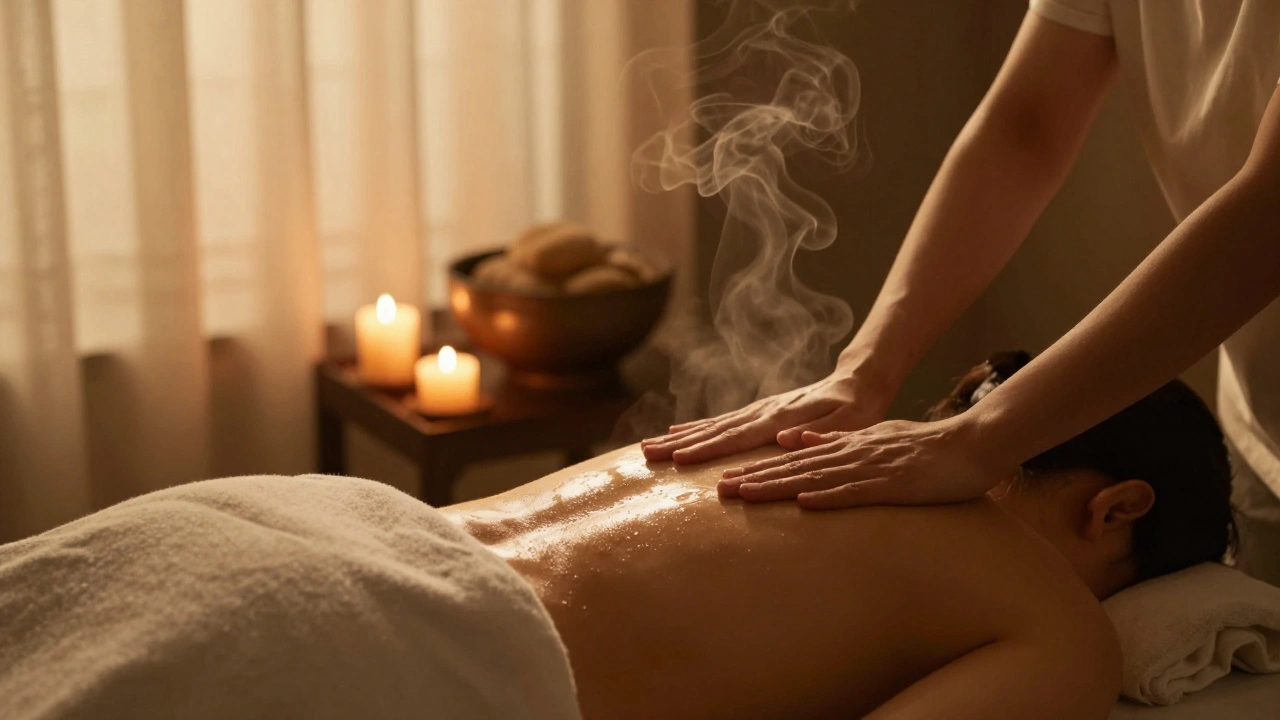
Swedish Massage: The Art of Healing and Relaxation
Swedish massage uses gentle strokes to reduce stress, improve circulation, and promote deep relaxation. It’s one of the most effective, science-backed ways to reset your body and mind without medication or intense therapy.
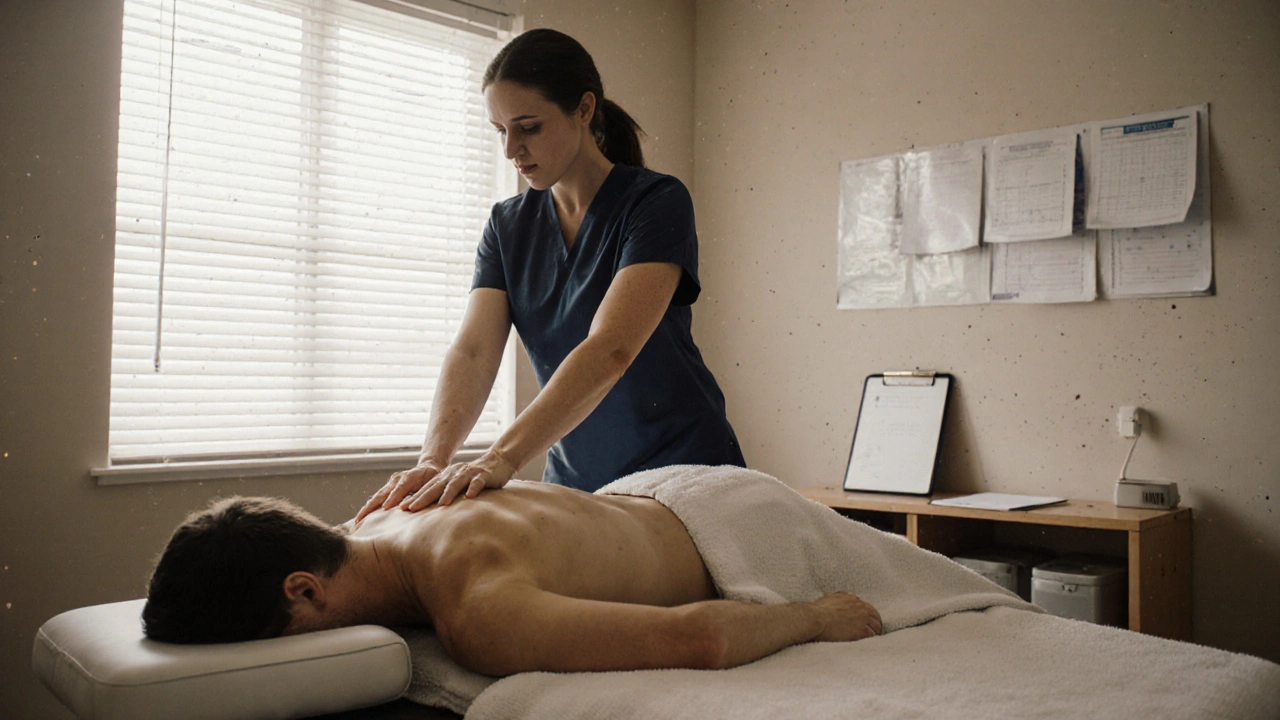
Rediscover Health and Wellness with Medical Massage
Medical massage is a targeted therapy for chronic pain, injury recovery, and mobility issues - not just relaxation. Learn how it works, who it helps, and how to find the right therapist.

Ayurvedic Massage Benefits: Healing for Body and Mind Explained
Curious about Ayurvedic massage? Learn how this ancient therapy nurtures your body, quiets your mind, and supports natural healing with practical tips and real-world insights.

Neuromuscular Massage: The Healing Journey Explained
Unlock the facts and real-life tips about neuromuscular massage therapy—what it actually does, who it helps, and why it's not just a regular back rub. Discover how focused pressure on trigger points can ease stubborn muscle pain from jobs, sports, or stress. Learn what a session feels like and why it works for both everyday tension and nagging injuries. Get practical advice to maximize your own healing journey. This article takes you right into the hands-on details without the jargon.
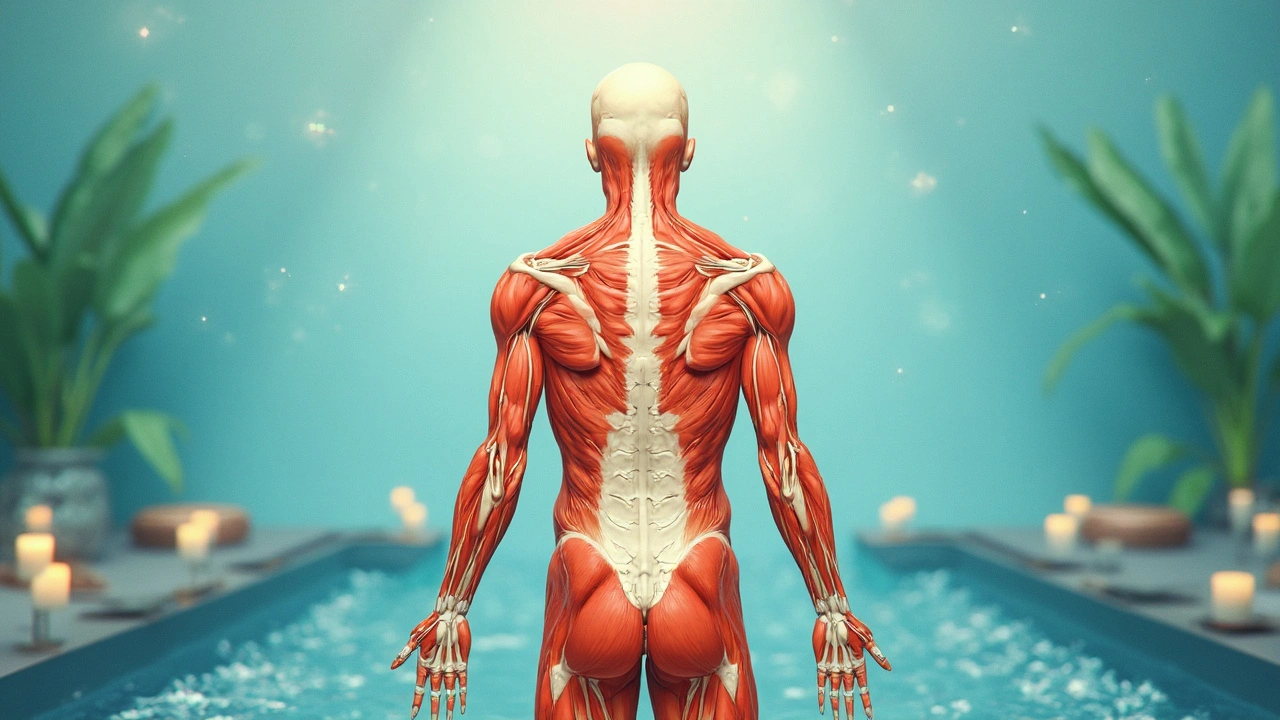
Neuromuscular Massage: Pathway to Superior Health
Neuromuscular massage isn't just for relaxation; it's a game-changer for your health. Dive into how this specific massage targets hard-to-reach muscles, relieving chronic pain and boosting flexibility. Learn how it reduces stress and improves circulation, offering a holistic approach to superior health. Practical tips and facts will guide you to make the best out of neuromuscular massage therapy. Discover why this therapy could be your next big step towards a healthier life.

Creole Bamboo Massage: A Fresh Path to Body Healing
Discover the wonders of Creole Bamboo Massage, a unique blend of ancient techniques and renewable bamboo tools, offering a rejuvenating body healing experience. This innovative approach improves circulation, reduces stress, and aligns with sustainable practices. Ideal for those seeking holistic wellness, this massage therapy uses carefully selected bamboo sticks for their energy-channeling abilities. Dive into the world of Creole Bamboo Massage to explore its benefits, techniques, and how it stands out in the sphere of healing massages.
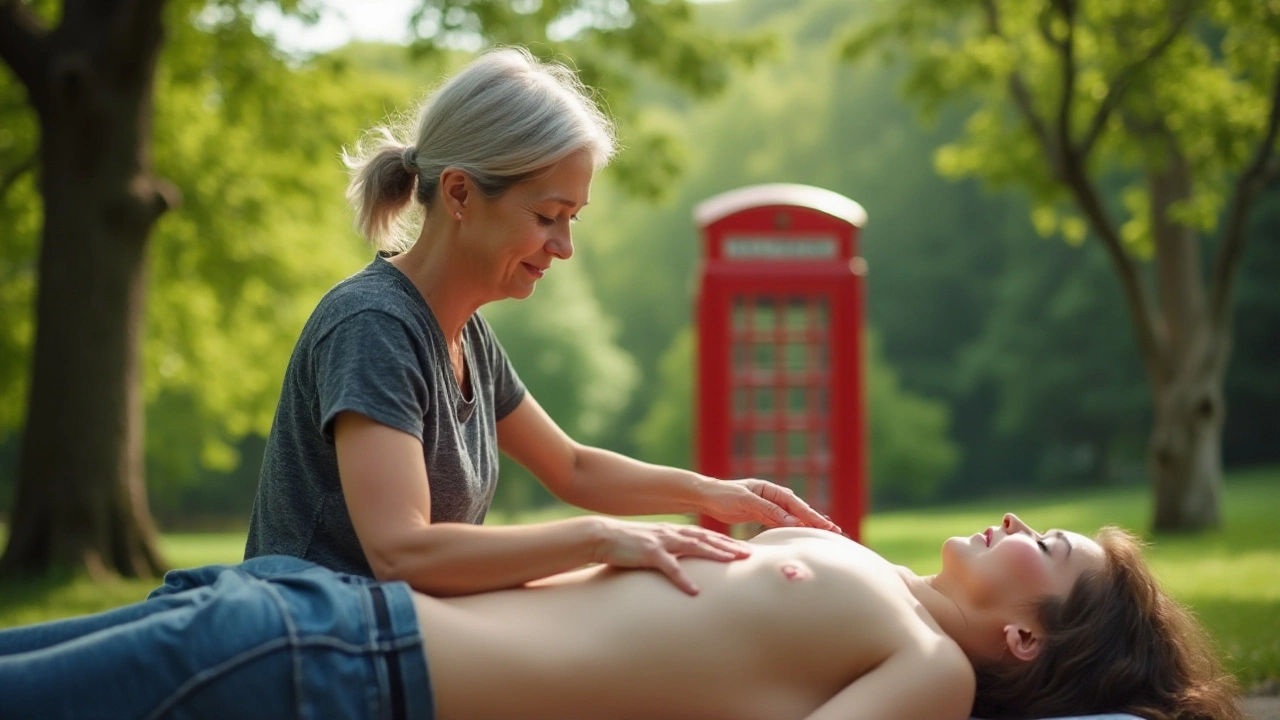
Transforming Pain Relief with Trigger Point Massage Therapy
Trigger point massage has emerged as a groundbreaking technique in the field of pain relief. By targeting specific knots in the muscles, this form of massage therapy effectively alleviates pain, improves circulation, and enhances overall well-being. To understand its benefits, we explore what trigger points are, how this massage differs from other types, and provide practical tips for maximizing treatment effectiveness. Discover why trigger point massage is becoming a popular choice for those seeking a holistic approach to pain management.
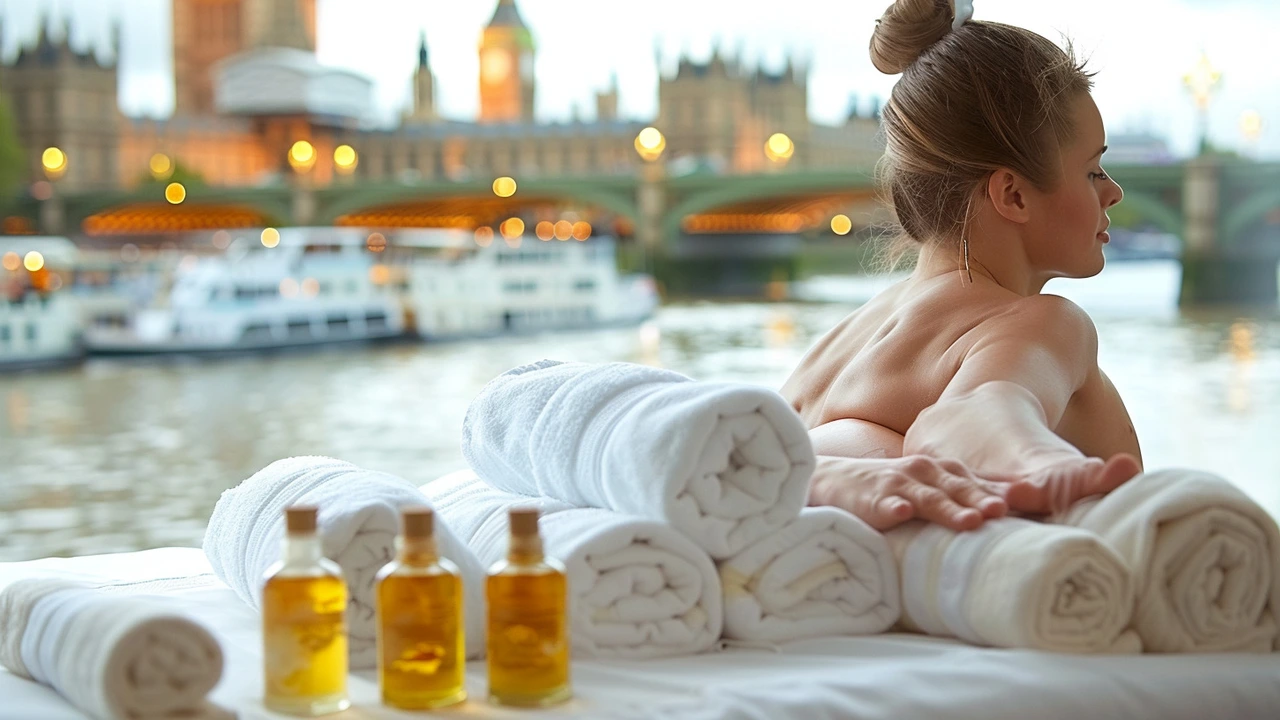
Sports Massage Benefits: Your Go-To for Muscle Pain Relief
Sports massages offer a targeted solution for muscle pain relief, aiding in athletic recovery and muscle maintenance. This article delves into the advantages of sports massages, how they work, and tips for making the most out of your sessions. Discover how this therapy can enhance performance and promote relaxation.
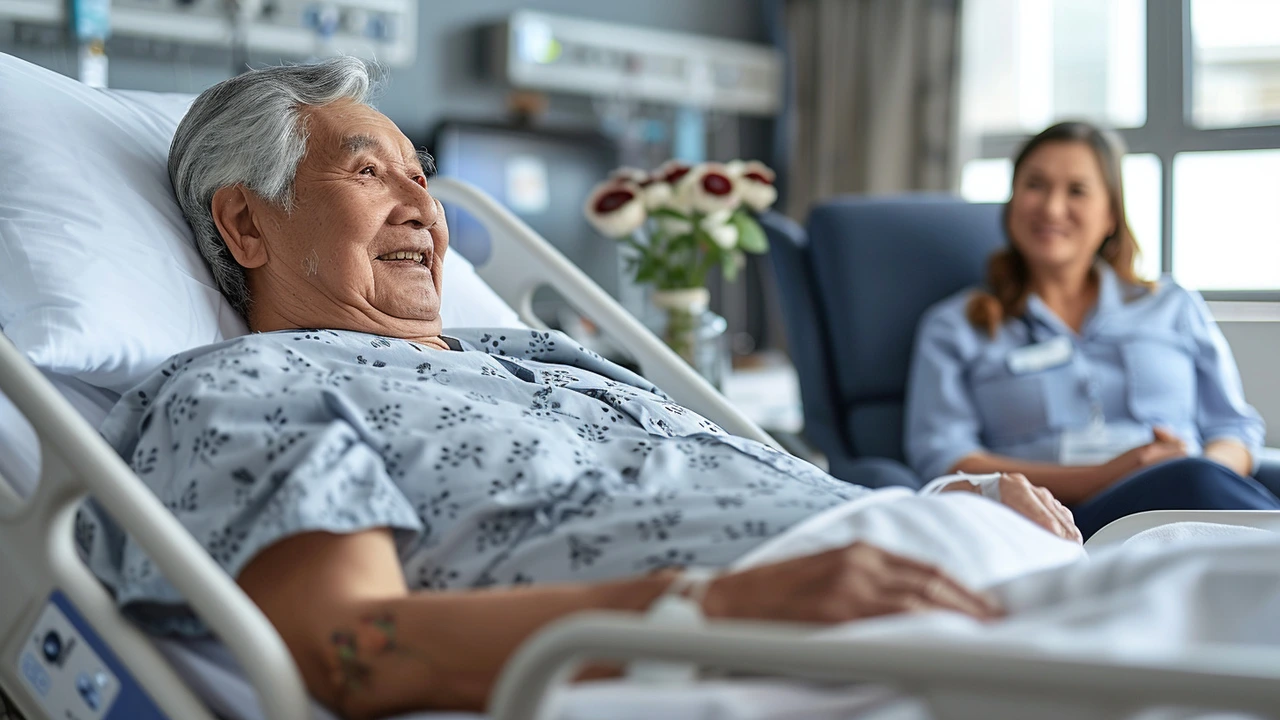
The Art and Benefits of Palliative Massage Therapy
Palliative massage therapy offers essential care for those dealing with chronic illnesses or nearing the end of their lives. It combines the art of touch with science to provide physical and emotional relief. This method helps manage pain, anxiety, and other symptoms, enhancing the quality of life for patients and their families.

The Remarkable Impact of Medical Massage on Modern Healthcare
This article delves into how medical massage is forging new pathways in healthcare with its therapeutic benefits. Addressing chronic pain, reducing recovery times, and offering a holistic approach to health and wellness, medical massage is increasingly recognized by medical professionals as a vital component of patient care. Beyond traditional relaxation techniques, this modality is a groundbreaking element in integrative medicine, providing a non-invasive and cost-effective alternative to enhance patient outcomes.
